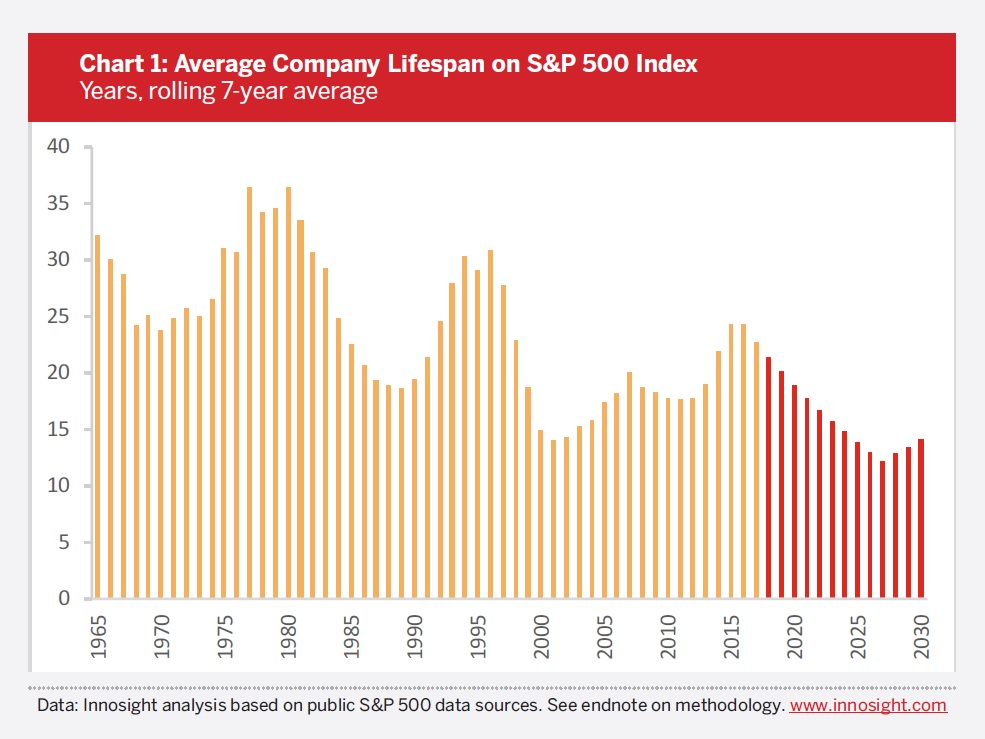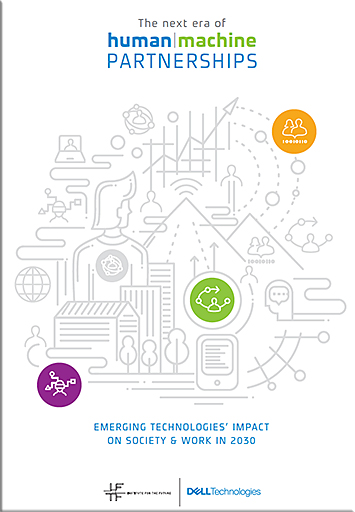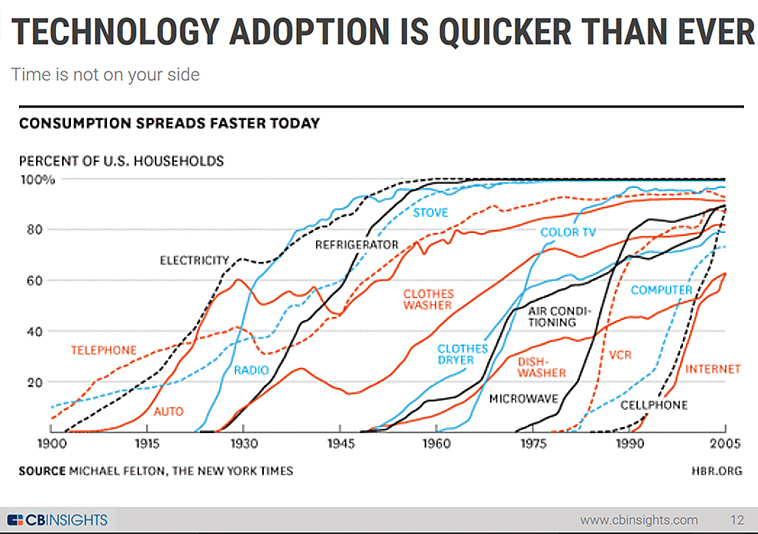Transforming the Postsecondary Professional Education Experience — from by Mary Grush & Thomas Finholt
Excerpt:
So, among other factors currently influencing change, those are the predominate ones. I’ll sum it up this way: The tried-and-true residential model has worked so far, but a number of factors are forcing transformation: emerging technologies, new expectations about when learning will occur in a student’s lifespan, and the introduction of a whole new population of students that had never been imagined before.
…
Grush: What are your latest efforts or experiments in new professional education offerings that you see as part of this transformation? When did you make a start and what impacts do you see so far?
Finholt: The biggest transformation for us to date has been our entry into the MOOC space. That movement began with a few small trials, but it’s now rapidly expanding and may include, ultimately, full degree offerings. I would describe our period of experimentation with MOOCs to have started in 2013, gaining especially significant momentum in the past two years. Over the next couple of years, our efforts will expand even more dramatically, if we elect to offer fully online degrees. As a measure of the magnitude of impact of MOOCs so far, one of our MOOC specializations in the Python programming language is among the most popular offerings on Coursera — I believe that it has reached more than a million learners at this point. A significant fraction of those learners have opted to sit for an exam to get a certificate in Python programming.
One is, as announced at the March 6th Coursera meeting, that we have joined in a partnership with Coursera and the University of Michigan’s Office of Academic Innovation to design and get approved, a brand-new online master’s degree in Applied Data Science.
From DSC:
Mary and Thomas’ solid article reminds me of a graphic I put together a while back:

“The process of obtaining postgraduate credentials is becoming something that one works on over the entire span of one’s career… Working professionals will have an array of punctuated intervals, if you will — periods of time when they work intensively to update their credentials.” (source)









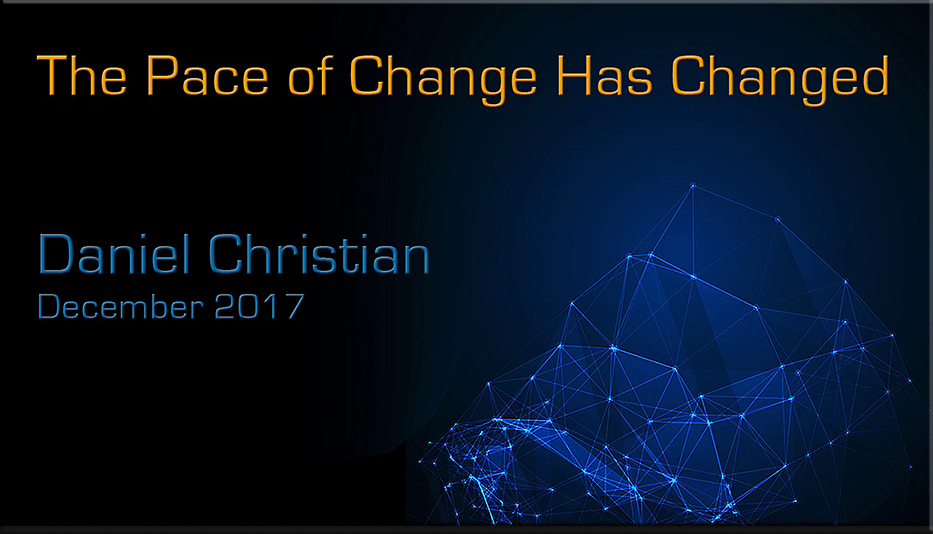
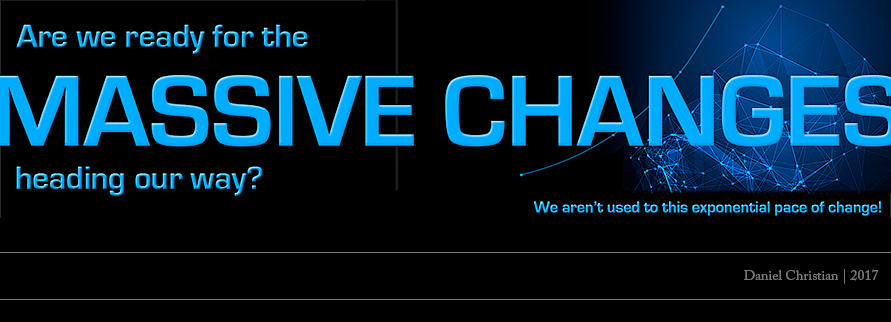

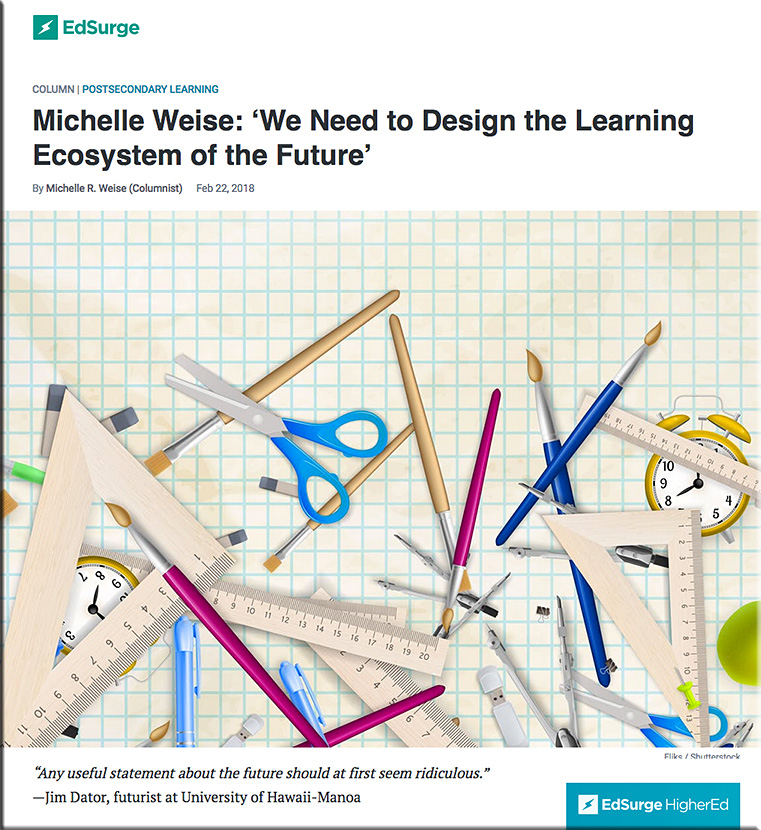
![The Living [Class] Room -- by Daniel Christian -- July 2012 -- a second device used in conjunction with a Smart/Connected TV](http://danielschristian.com/learning-ecosystems/wp-content/uploads/2012/07/The-Living-Class-Room-Daniel-S-Christian-July-2012.jpg)



